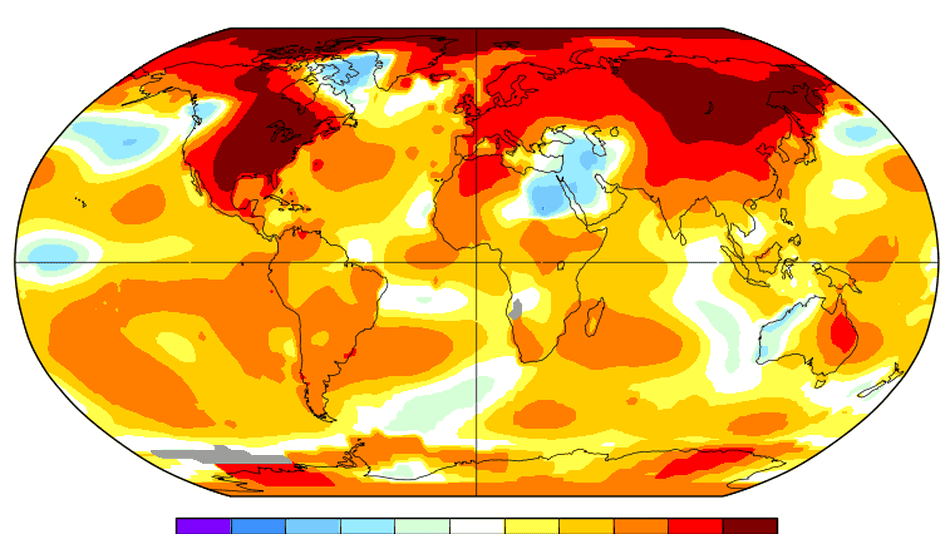Keep denying global warming, closing your eyes to the reality doesn’t change the fact that every month we get more and more disconcerting reports from the U.S. climate agencies.
NASA and the National Oceanic and Atmospheric Administration (NOAA) has recently reported that last month was Earth’s second-hottest February on record since 1880. The report also states that the sea ice mass in the Arctic and Antarctica hit record monthly lows as well. If that doesn’t warn you about the impending doom, I don’t know what will!
NOAA added that February 2017 recorded the average global temperature to be a whopping falsifies with only February 2016 being warmer which recorded a 2.43 degrees Fahrenheit above average.
The average temperature of the entire 2016 was also the hottest ever recorded, exceeding all temperatures since record-keeping began 137 years ago.
NOAA and NASA scientists also concluded that human activities mainly caused the temperature hike, the fact that climate change deniers, including the POTUS, ignores. Even if the anti-climate change brigade somehow falsifies the stats, they can’t deny that Americans suffered from a series of record highs in February 2017 in an unprecedented heat wave across the country. Many other parts of the world also saw a similar trend.
The scientists speculate that the entire 2017 will again break the records of being the warmest year ever, with the first two months already bagging the second warmest ever title. This year’s average temperature for January through February 2017 was recorded at 1.69 degrees Fahrenheit above average, which is a tad below the first two months of 2016.
The highs in temperature also spell disaster for the planet’s sea ice. The Arctic and Antartic recorded the smallest February sea ice mass since satellite record started in 1979, and the average Antarctic sea ice mass was 24.4 percent below the 1981-2010 average for February, as reported by NOAA. In the Arctic region, the ice extent was 7.6 percent below average.
The melting of ice means oceans are also heating up and possibly starting a chain cycle of warming that couldn’t be stopped. A new study shows that earth’s oceans are warming 13 percent faster than previously thought, with the warming rate in 1992 being double the rate in 1960, as quoted by a paper published in the journal Science Advances.
It’s anyone’s wildest guess on how March will pan out!

